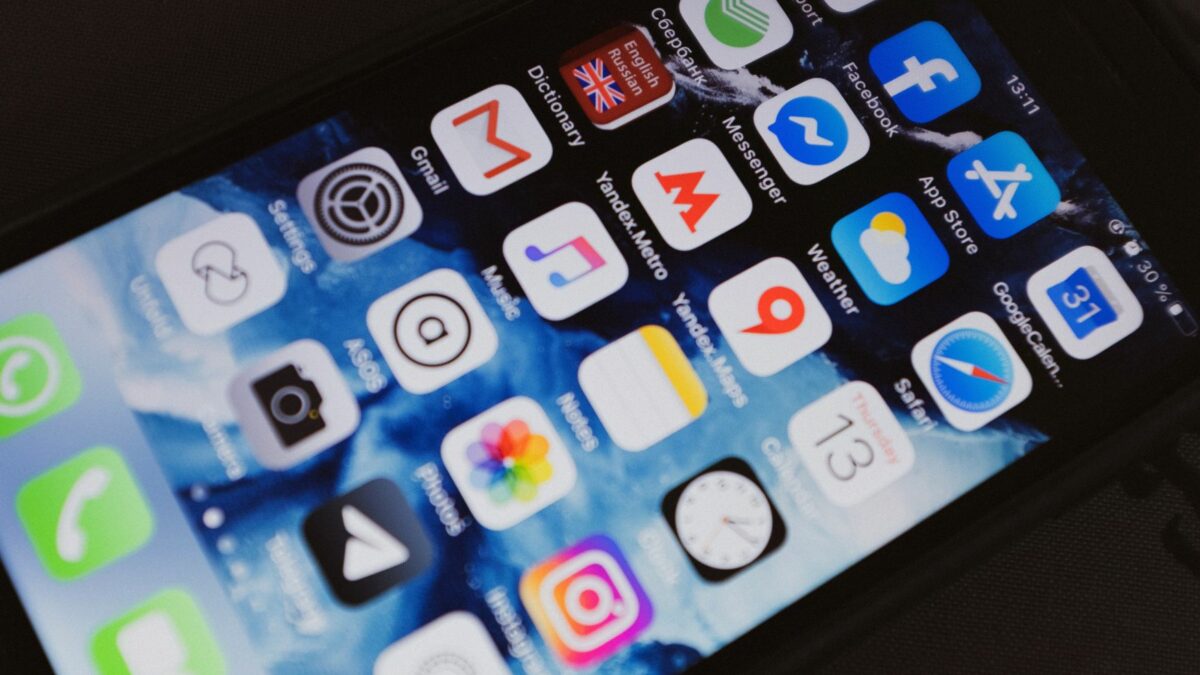1. Duolingo

- Type: language learning app with a gamified approach;
- Pros: engaging gamified learning experience; short, interactive lessons suited for busy schedules;
- Cons: limited content for advanced learners; limited speaking practice and cultural context;
- Price: core features are available for free; Super Duolingo is $12.99/month or $83.99/year ($6.99/month);
- Available on iOS and Android.
2. Babbel

- Type: curriculum-based language learning app;
- Pros: structured, curriculum-based learning with clear progression; engaging and interactive exercises with speech recognition;
- Cons: limited community features and no live interaction; focus on formal language might not cover all colloquial usage;
- Price: first week for free, then $66.90 for 6 months ($11.15/month), $89.40 for 12 months ($7.45/month) or $349 for lifetime access to all languages;
- Available on iOS and Android.
3. Memrise

- Type: language learning app with a focus on visual learning and mnemonic techniques;
- Pros: interactive and gamified learning; spaced repetition algorithm to optimize the review of vocabulary and phrases;
- Cons: vocabulary-centric focus; repetitive learning approach;
- Price: free plan providing access to limited features and courses; pro plan is $8.49 per month, $59.99 per year ($5.00/month), or $119.99 one-time payment;
- Available on iOS and Android.
4. Busuu

- Type: community-based language learning app with structured courses;
- Pros: well-organized courses aligned with the CEFR; allows interaction with native speakers for practical language use and feedback;
- Cons: variable peer feedback, depending on community engagement; restricted speaking opportunities;
- Price: first week for free; $13.90/month; $50.70 for 6 months ($8.45/month); $83.40/year ($6.95/month);
- Available on iOS and Android.
5. Drops

- Type: visual-based, vocabulary-focused language learning app;
- Pros: engaging, visually rich learning experience; short, manageable 5-minute sessions for consistent practice;
- Cons: focuses primarily on vocabulary, lacking in grammar and comprehensive language skills;
- Price: free access to some features; $13/month; $69.99/year ($5.83/month); $159.99 for lifetime access;
- Available on iOS and Android.
6. Lingodeer

- Type: comprehensive, structured language learning app with a focus on grammar;
- Pros: structured, curriculum-based learning aligned with CEFR; interactive and varied exercises with gamified elements;
- Cons: limited speaking practice and conversational opportunities; repetitive learning style might become monotonous;
- Price: first lesson for free, then $14.99/month; $39.99 for 3 months ($13.33/month); $79.99/year ($6.67/month); $159.99 for lifetime access;
- Available on iOS and Android.
7. Mondly

- Type: technology-driven language learning app with a focus on conversational skills;
- Pros: use of advanced technology like AR (augmented reality), VR (virtual reality), and chatbots for immersive learning; user-friendly interface with intuitive design and interactive exercises;
- Cons: no live interaction with instructors or community features; potential monotony due to repetitive exercise types;
- Price: free access to some features; $9.99 per month; $47.99 per year ($3.99/month);
- Available on iOS and Android.
8. Mango languages

- Type: conversation-focused language learning app with an emphasis on cultural context;
- Pros: includes rich cultural insights to enhance learning and understanding; offers interactive and engaging exercises with active participation;
- Cons: limited in-depth coverage of advanced grammar and writing skills; limited interactive speaking practice and no live instructor interaction;
- Price: $11.99 per month; $119.99 per year ($9.99/month);
- Available on iOS and Android.
9. MosaLingua
- Type: language learning app with a focus on vocabulary and practical skills;
- Pros: efficient vocabulary acquisition through high-frequency word focus; high-quality audio from native speakers and visual aids for enhanced retention;
- Cons: less emphasis on interactive speaking practice and no live instructor interaction; limited depth in grammar instruction and writing practice;
- Price: $0, with limited access and basic features; Premium Subscription: $9.99 per month, $59.99 per year (about $5.00 per month), $129.99 one-time payment;
- Available on iOS and Android.
10. Beelinguapp

- Type: language learning app that emphasizes reading and listening comprehension through the use of bilingual texts;
- Pros: improves vocabulary and comprehension through contextual learning; engaging storytelling approach maintains motivation;
- Cons: limited grammar instruction and no speaking practice; basic progress tracking and limited customization in learning paths;
- Price: $0, with limited access and basic features including ads; Premium Subscription: $4.99 per month, $22.99 per year (about $1.92/month), $89.99 one-time payment;
- Available on iOS and Android.
11. Lingvist

- Type: language learning app that uses artificial intelligence and data-driven techniques to provide a highly personalized and efficient learning experience;
- Pros: ai-powered adaptive learning provides personalized and dynamic content; customizable content and thematic learning tailored to personal interests;
- Cons: limited focus on comprehensive language instruction, grammar, and sentence structure; minimal interactive speaking practice and no real-time conversation opportunities;
- Price: $0, with limited access and daily usage caps; $9.99 per month; $79.99 per year (about $6.67/month); $199.99 one-time payment;
- Available on iOS and Android.
12. Glossika

- Type: language learning app designed to help users achieve fluency through immersive listening and speaking practice;
- Pros: emphasizes listening and speaking practice with native Italian audio; AI-powered personalization adapts content and difficulty to user progress;
- Cons: lacks explicit grammar instruction and minimal writing practice; repetitive sentence-based learning might become monotonous;
- Price: free trial $0 for a limited period; $24.99 per month; $299.88 per year; $499.99 one-time payment;
- Available on iOS and Android.
Conclusion
Each app is specific to meet certain needs and with well-defined learning approaches.
For example, if you want to enrich your vocabulary, Memrise and Beelinguapp are perfect apps; if you want to improve interaction with native speakers we recommend Busuu or MosaLingua; If you want to focus on grammatic learning, the Lingodeer app is ideal.
Apps can be a valuable support tool in language learning and are an excellent way to practice during moments of relaxation or waiting, like when you’re on the bus or waiting for dinner to be ready.
But to learn the language, constant practice and interaction with other students is essential! For a quick and effective improvement, discover our courses in Florence or online, you will surely find the perfect Italian course for you!

